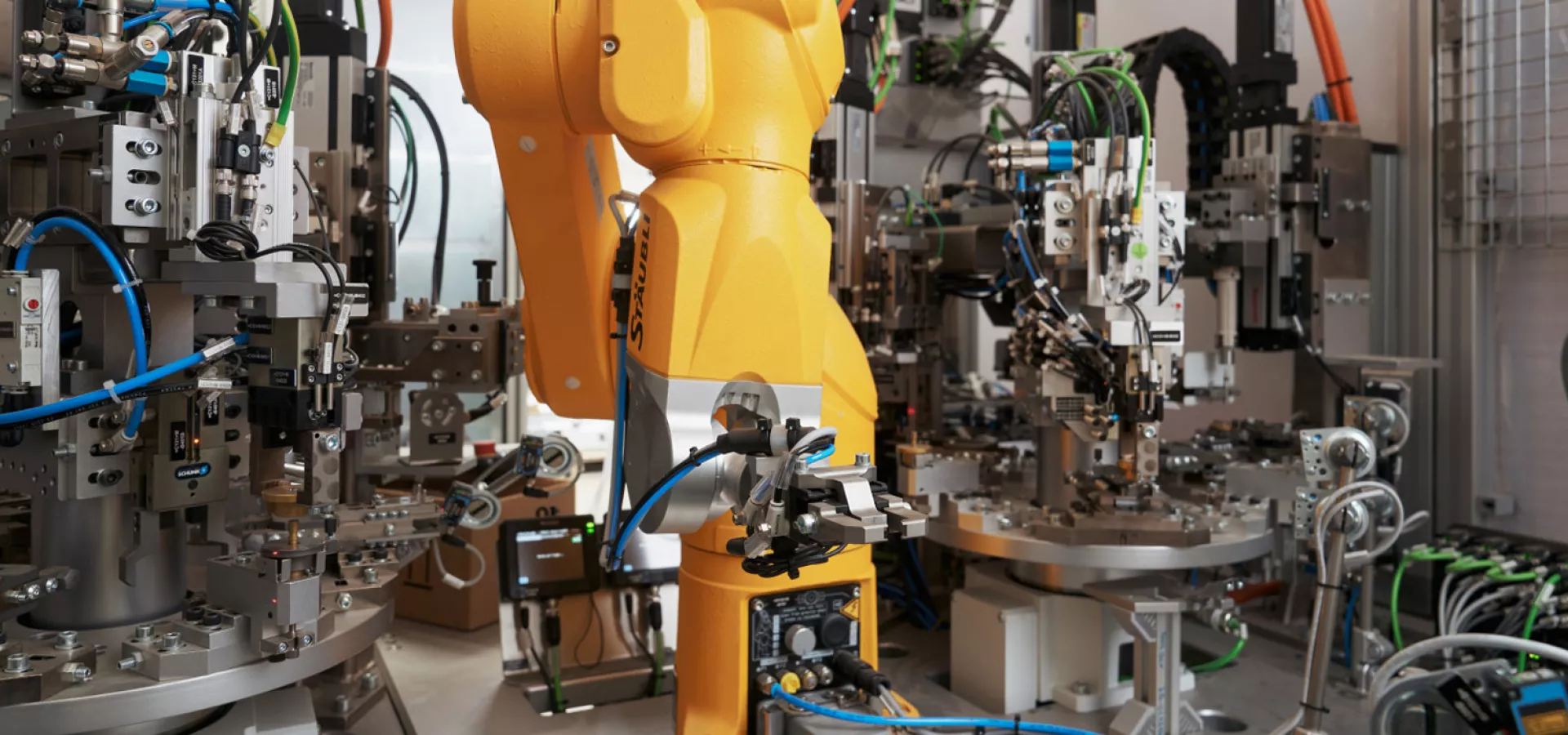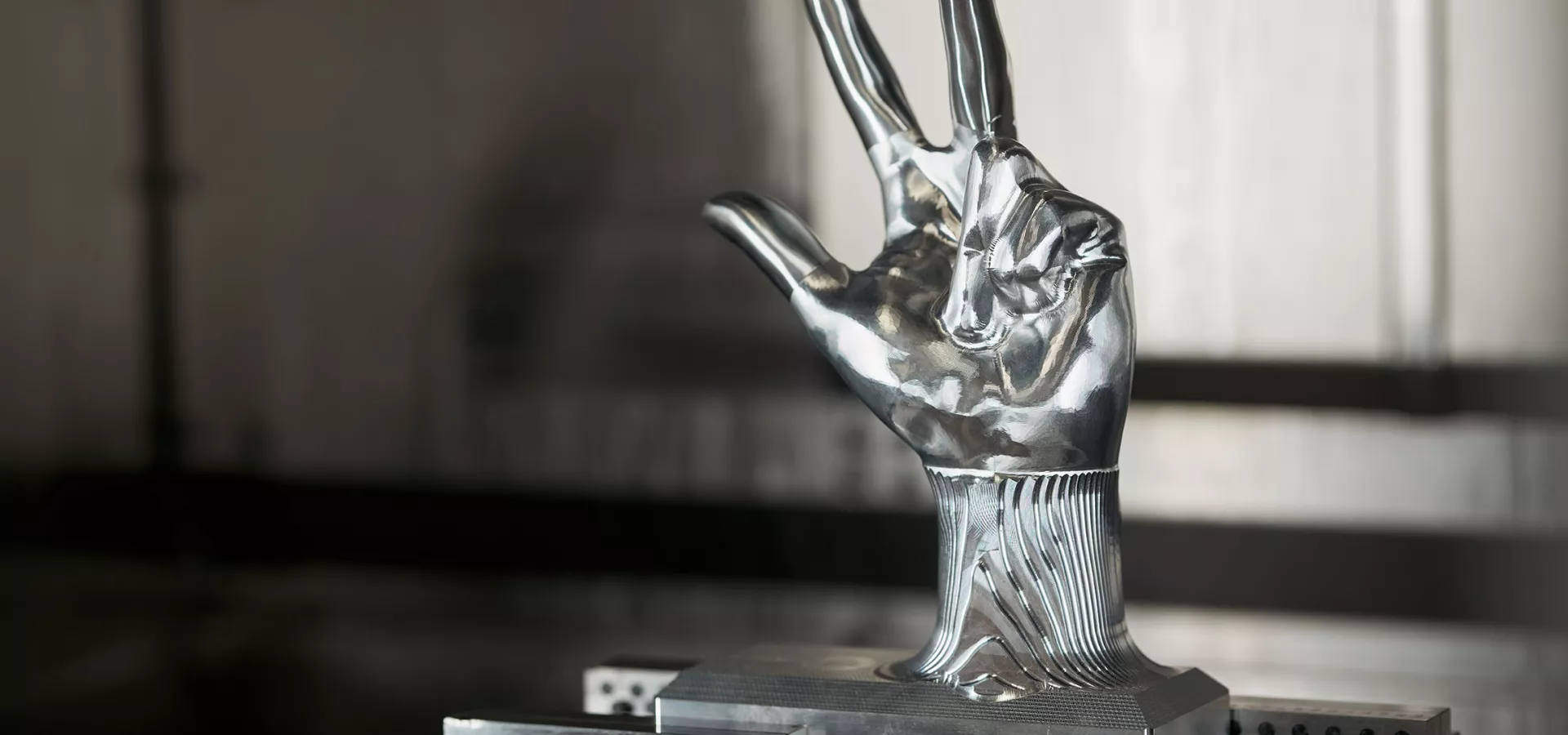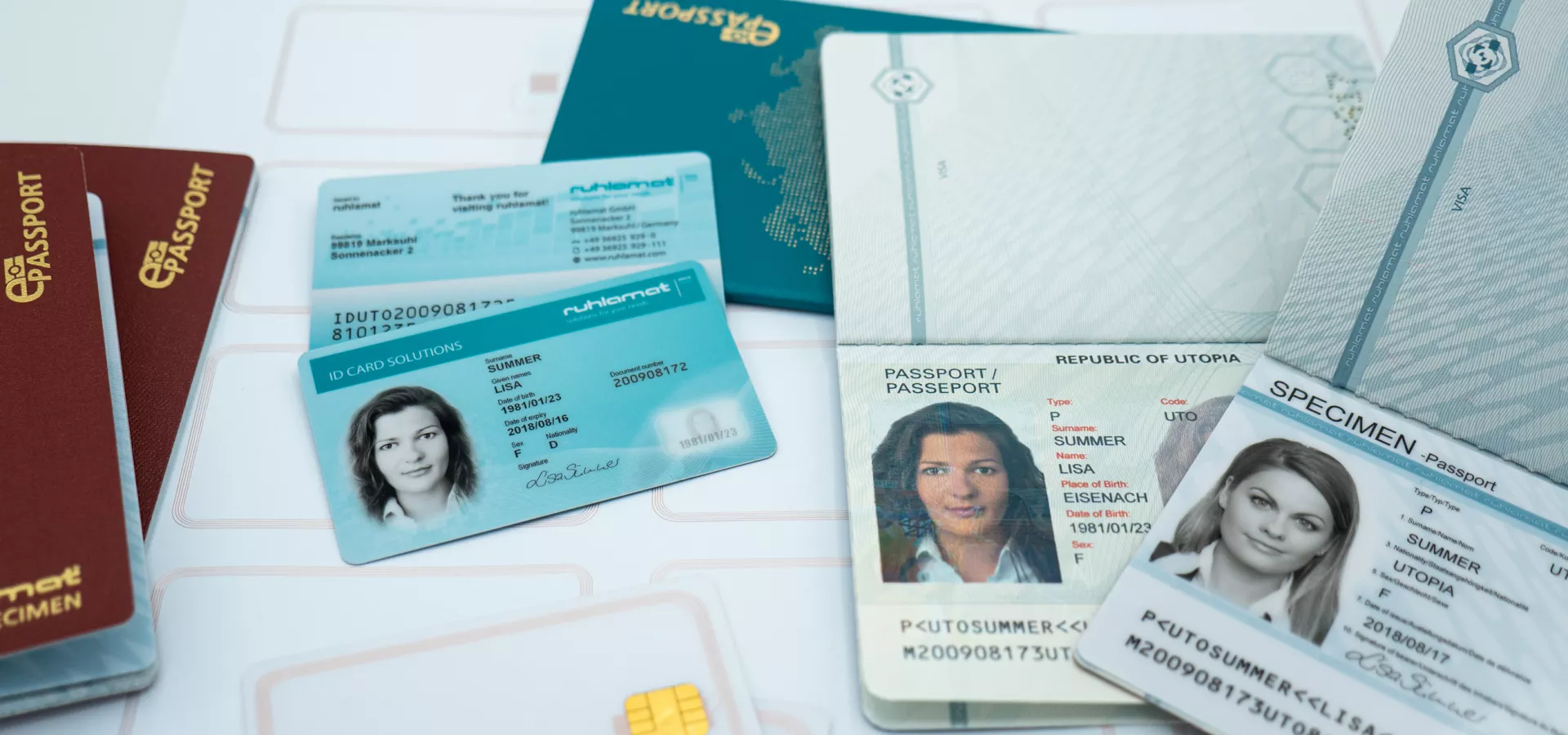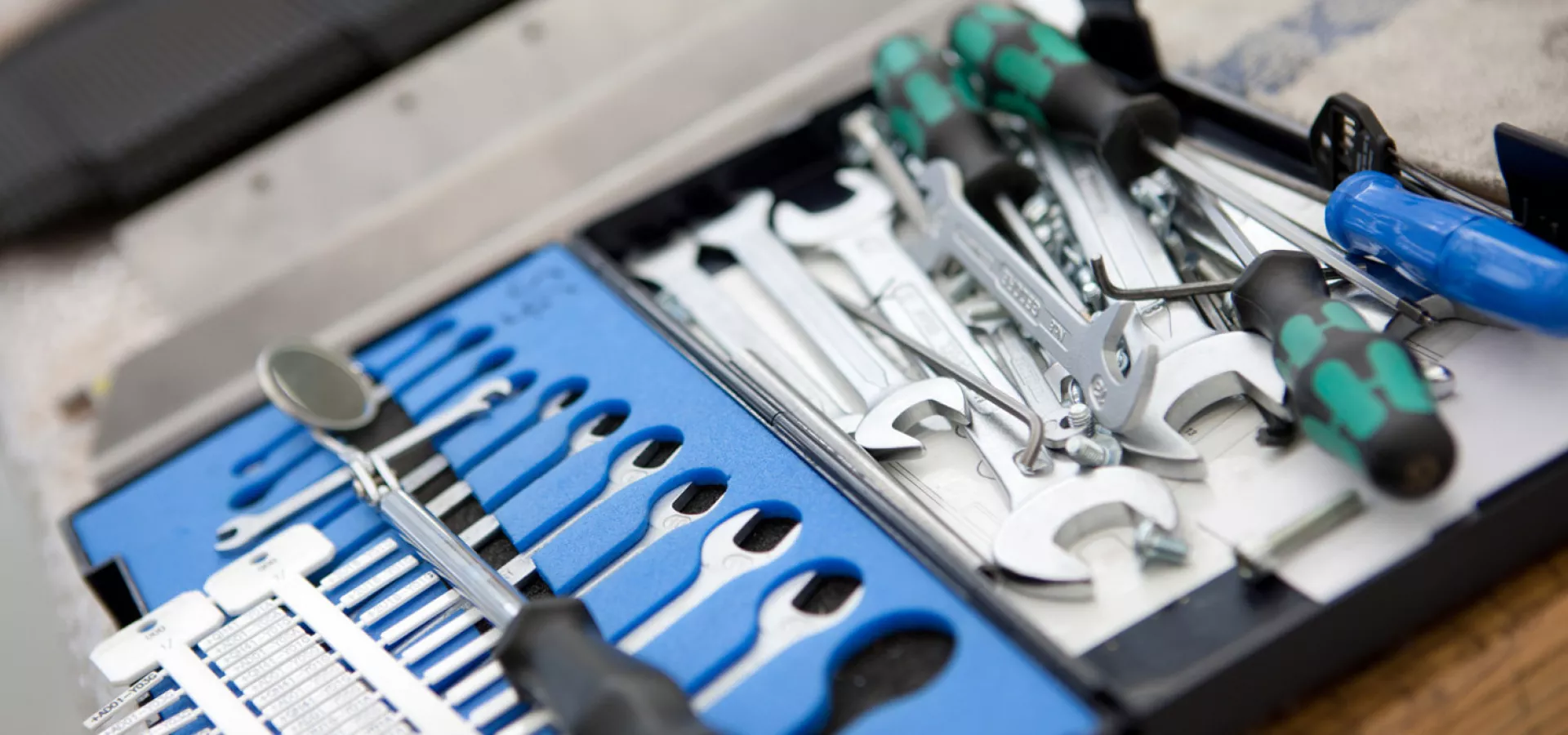
Radar
Radar technology is widely used in industry. With its help, production plants and machines can be monitored and controlled more efficiently. For example, radars or radar technology are used for level and wear measurements, but also for measuring layer thicknesses as well as distance and dimension measurements. To ensure that radar-based measuring instruments deliver unambiguous and reliable information, the frequency and bandwidth must be optimally matched. The challenge here is that the radar must always deliver reliable results, even under difficult or changing conditions.
How does a radar work?
The operation of a radar is quite simple to explain. A radar is normally a transmitter (antenna) and receiver (sensor) in one. The antenna emits pulses in the form of electromagnetic waves. When these hit an object, they are reflected and returned as an echo. These reflected waves are picked up and evaluated by the transmitter: Based on the echo, conclusions can be drawn about the distance or the size of the object, for example. The more sophisticated the radar technology, the more comprehensive the information that can be obtained with the help of this measurement technology. State-of-the-art radar scanners are even able to measure through optical obstacles. This is particularly important in industry: innovative radar technology enables level measurement even through packaging, while distance meters work reliably even in the presence of smoke, dust or other visual obstructions. To achieve the best possible spatial resolution and measurement results, the microwave frequency and bandwidth must be as high as possible. Systems that can be individually adapted to the specific task parameters have therefore proved particularly successful.
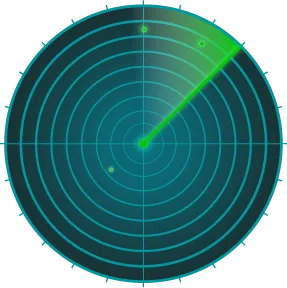
Where is Radar technology used?
Outside the industrial sector, radar technology is used primarily in shipping and aviation. In industry, radars come in various forms and areas of application. Level measurement with the aid of radar technology is particularly well known: here, the measuring instrument emits electromagnetic waves and is reflected back by the medium (solid or liquid). Based on the echo, the instrument then determines the distance from the sensor to the product and can thus indicate the actual level. Another prominent area of application for radar technology concerns safety in the cooperation between man and machine: wherever industrial robots and humans meet without barriers, potential safety hazards arise. Radar monitoring can even register moving objects and precisely locate them in space by means of precise distance measurement. Safety functions of machines coupled to these radar devices can help to consistently prevent accidents. Other areas in which radar technology or radar measurements are used are: Locating defective areas or foreign objects in products, wear measurements, measuring workpieces, layer thickness measurement, weld seam inspection and much more.
Advantages and disadvantages of radar measurements
Radar measurements can only deliver reliable results if they are adapted to the intended tasks. For this reason, the acquisition costs for radar measuring devices are sometimes higher than those of other non-contact measuring technologies. However, compared to optical sensors, such as laser scanners, radar technology has the distinct advantage that it also works under difficult visibility conditions. Particularly in the industrial sector, where dust, smoke and the like are the order of the day, radar measuring devices produce significantly more reliable results. Further advantages: Compared to other measuring methods, such as X-ray, radar technology is completely harmless to health, requires very little maintenance and is uncomplicated to operate.
